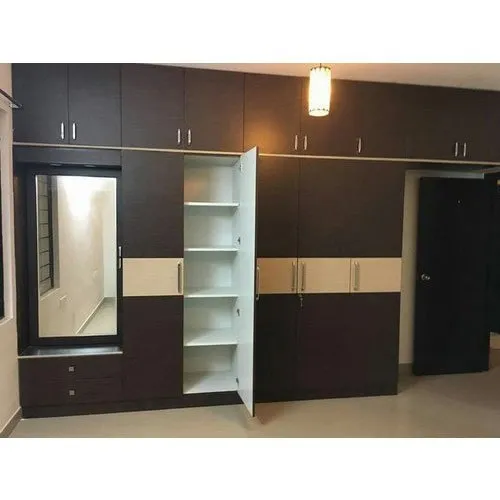What is Furniture Design?

Furniture design is the creative process of crafting furniture to fit into a space. This can include seating (stools and chairs), eating at tables or storing supplies like books, paper and art materials.
Furniture designers create furnishings and related products for commercial, industrial and domestic clients. Their designs aim to strike a balance between creativity, visual appeal and functionality.
History
Through history, furniture design has undergone dramatic transformations. Thanks to new materials, innovative construction methods or unique shapes, furniture design has evolved into something both practical and beautiful.
Much of this evolution can be attributed to advances in technology. As homes become smaller, people have sought furniture that is versatile and practical.
In the late 19th century, several new furniture styles emerged. One of these was modernist movement which stressed function and simplicity.
Materials
Furniture design can be achieved using a range of materials. These choices will have an important influence on the aesthetic, function, comfort level, and durability of the piece.
Wood is a widely-used material in furniture design due to its strength, durability and flexibility in shaping into various shapes.
Metal is another popular material in modern furniture design. Metal makes for great office furniture due to its light weight and portability; you’ll have no trouble moving it around your workspace with ease!
Modern furniture design can incorporate various recycled materials. These eco-friendly options help reduce carbon emissions produced when producing new pieces of furniture.
Function
Furniture design serves a number of purposes and aims to make things more comfortable for users. It may also be employed in order to promote an atmosphere of order or beauty within a room.
Modern furniture designs tend to be simpler and lighter in weight than their earlier counterparts. They’re less busy, making them easier on the eyes due to their lack of ornamentation.
Furniture designers are skilled industrial artists who use wood, metal and other materials to craft furnishings such as chairs, tables and bed frames. To plan their designs they typically draw inspiration from sketches on paper or use computer programs with advanced capabilities.
Furniture designers evaluate models for durability, ergonomics, practicality and aesthetics based on a specific design goal. Furthermore, they pay attention to industry trends, customer reviews and sales results in order to decide which materials should be used and which design aesthetic should be employed.
Style
Style plays an integral role in furniture design, helping make the space more inviting and functional.
Traditional furniture styles have been around since the 1600s, and remain popular today. They usually feature regal furnishings with intricate details.
Modern furniture stands apart from traditional designs due to its focus on function over ornamentation and lighter colors.
Contemporary furniture designs emerged during the post-World War era when people began to embrace certain ideals. One such idea is that form should always follow function.
These designs feature lighter hues and glossy surfaces for a modern aesthetic. Furthermore, they’re multifunctional yet minimalist in style.
Sustainability
Sustainability is of great significance in the furniture industry, as it helps minimize production’s negative impacts on the environment and benefits local communities.
Sustainable furniture often incorporates recycled or renewable materials and is made from natural products. Additionally, it can be refurbished and repaired so it can be used again and again.
Another way to guarantee your furniture is sustainable is by selecting a manufacturer with ethical practices and decent work conditions. Search out companies that pay their workers an equitable wage and support their local community.
Many manufacturers are members of the Forest Stewardship Council, which sets standards for responsible forest management and certifies wood products that meet these criteria. Furthermore, many review their supply chains to reduce their carbon footprint and support local businesses.



